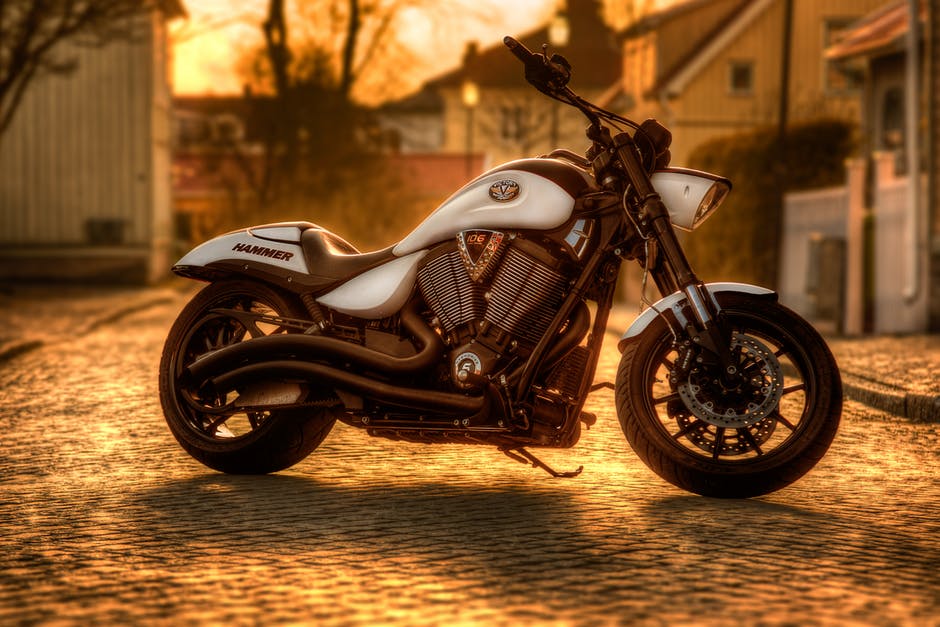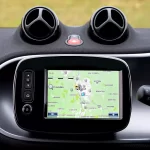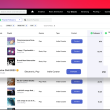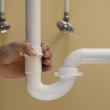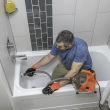There’s nothing better than the freedom of the open road. Experiencing the wind in your hair, the beauty of vistas from coast to coast, and the simple thrill of adventure.
It’s no mystery that riding motorcycles is more popular now than ever before. But if you’ve never ridden one yourself, you’re likely not familiar with the instrument cluster located on a motorcycle dashboard.
This article takes a look at motorcycle controls that you need to know about before heading on the road. Keep reading to discover everything you need to know to properly operate your motorcycle and prevent potential mechanical problems.
Table of Contents
Speedometer
This is the instrument gauge on your motorcycle dashboard that you are most likely to recognize. The speedometer displays your current speed.
On most motorcycles, the speedometer features a needle that climbs and falls as you speed up or slow down. Although some of the more modern bikes are equipped with speedometer gauges that have digital readouts.
This isn’t necessarily the most important gauge in respect to safety, yet it will help keep the speed of your motorcycle within legal limits so that you won’t get a ticket for speeding.
Rev Counter
This the gauge that tells you how hard your engine is working by displaying the number of revolutions per minute it’s producing.
The rev counter helps keep your motorcycle safe by indicating the stress the current performance is putting on the machine. As the needle gets close to the red line, the more heat the engine is generating, which increases the risk of overheating and causing a major mechanical failure.
Your rev counter uses a measurement called RPMs to convey this information, and thus the higher the RPMs, the greater the amount of stress that’s being placed on the internal components of your motorcycle engine.
Fuel Gauge
The task of the fuel gauge is very simple: It indicates the amount of gas currently in the gas tank.
Without a functioning fuel gauge, you’ll run the risk of finding yourself on the side of the road with an empty tank. Believe it or not, many older motorcycles didn’t feature fuel gauges.
Because of this, the driver had to manually check the gas tank to see how much gas was left and then do some mental calculations to prevent getting stranded.
If you have an older bike, you might want to consider investing in motorcycle gauge restoration.
Temperature Gauge
The temperature gauge helps prevent your bike from overheating. After all, there’s a lot going on inside your engine, causing it to get hot in there.
Lack of coolant, lack of oil, and pushing your bike too hard can all result in your temp running hot, thus the importance of a functioning temperature gauge.
Warning Lights
The remaining cluster of gauges includes warning lights for your battery, oil, high beam, and directional indicator. Each of these is important for insuring top performance as well as keeping you as safe as possible while out on the road.
Now You Can Read the Motorcycle Controls on You Dashboard
Riding a motorcycle is a lot of fun. Fortunately, this list of motorcycle controls will help you understand how to monitor your bike and reduce the odds of mechanical malfunction.
Keep scrolling to discover more useful lifestyle tips and advice.

